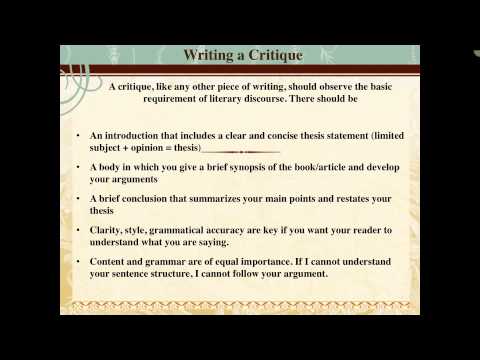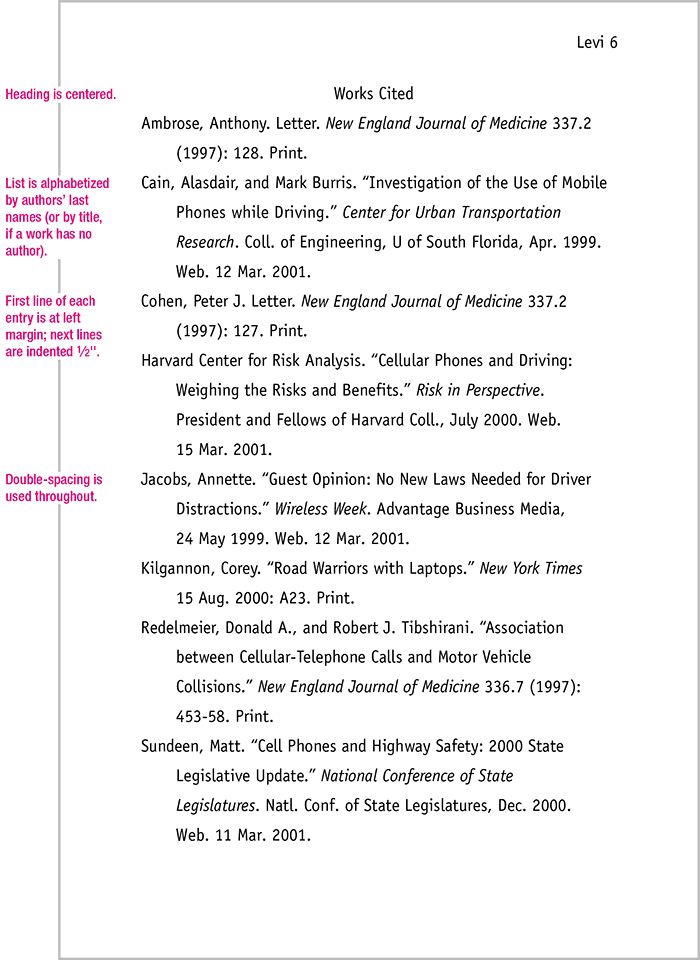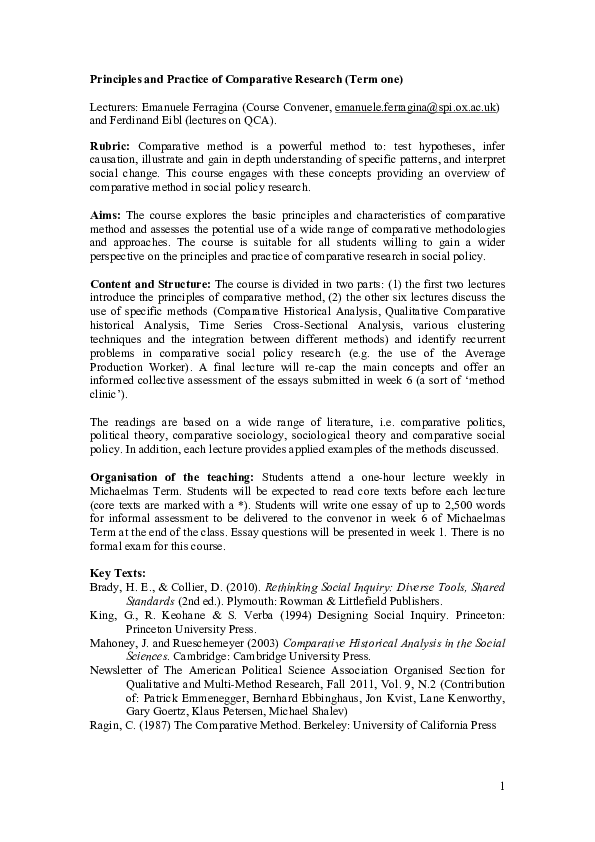As with any other type of essay, there are certain components that must be addressed in order to craft a quality critique paper. One of these elements is developing a stance about the main argument in the critique. Other aspects of a critique paper include the organization and body of the paper. In this article, you will learn how to organize a critique paper and apply these steps to a particular piece of writing. The following sections will help you craft a paper that is both compelling and persuasive.
Developing a stance on the main argument for a critique
In writing a critique paper, you should develop a stance on the main argument. This way, you will be able to discuss the other side’s valid points while putting their perspective in context. The next step is to develop a thesis statement. This statement should contain the facts and arguments you will use to support your main argument. It will be helpful if you write several rough drafts before writing the final draft.
Organization of a critique paper
The organization of a critique paper follows the same general rules as that of a research paper. It moves from a broad perspective to specific concerns and may even include the process that led to the writing of the paper. The body of the paper contains details about the article being critiqued and your own musings. This section is similar to the results and discussion portion of a scientific paper, in which you state the outcome of your analysis and interpretation.
Critique essays follow academic writing style and require an introduction and body section. The body of a critique paper includes the summary of the source and critical appraisal. The conclusion connects to the central claim and restates your recommendations for improvement. In addition, your paper should be organized according to the APA formatting standards. This is an essential part of any academic paper. It will help you avoid committing common mistakes made by students writing their papers.
To write an effective critique, you must first understand the piece. Make notes about important aspects and arguments in the work. Think about the context in which you are writing the paper, and be careful not to generalize the work. If you are not sure about the specifics, check the blackboard website or the unit materials for guidelines. An example of a critique paper might be helpful. The template showcases the most important features of a critique paper and indicates which type it is.
Critiquing a piece of writing
The main goal of a critique paper is to examine a piece of writing and assess its merits and weaknesses. As the student, you will have the opportunity to evaluate an author’s work and weigh in on their accomplishments. You should support your criticism with evidence, including areas where they could have improved. Use appropriate citation and style to support your critique. Here are some tips for writing a successful critique paper.
Be specific: While some writers don’t like criticism, it is important to be objective. While some writers will refuse to accept feedback, others may want to hear your honest opinions. In such cases, focus your efforts on writers who want feedback. Rather than making a writer feel inferior, try to focus your comments on pieces that seek feedback. This way, you will be able to see what works well and what isn’t.
A great critique should include an introduction, a detailed discussion of the points of the piece of writing, and a thesis statement. Then, the analysis/interpretation part should focus on the writer’s main argument or purpose and the author’s purpose. It should also argue whether or not the primary goal of the author was reached. As a result, the author’s intention must be logically supported by evidence, but the author should not be bias.




